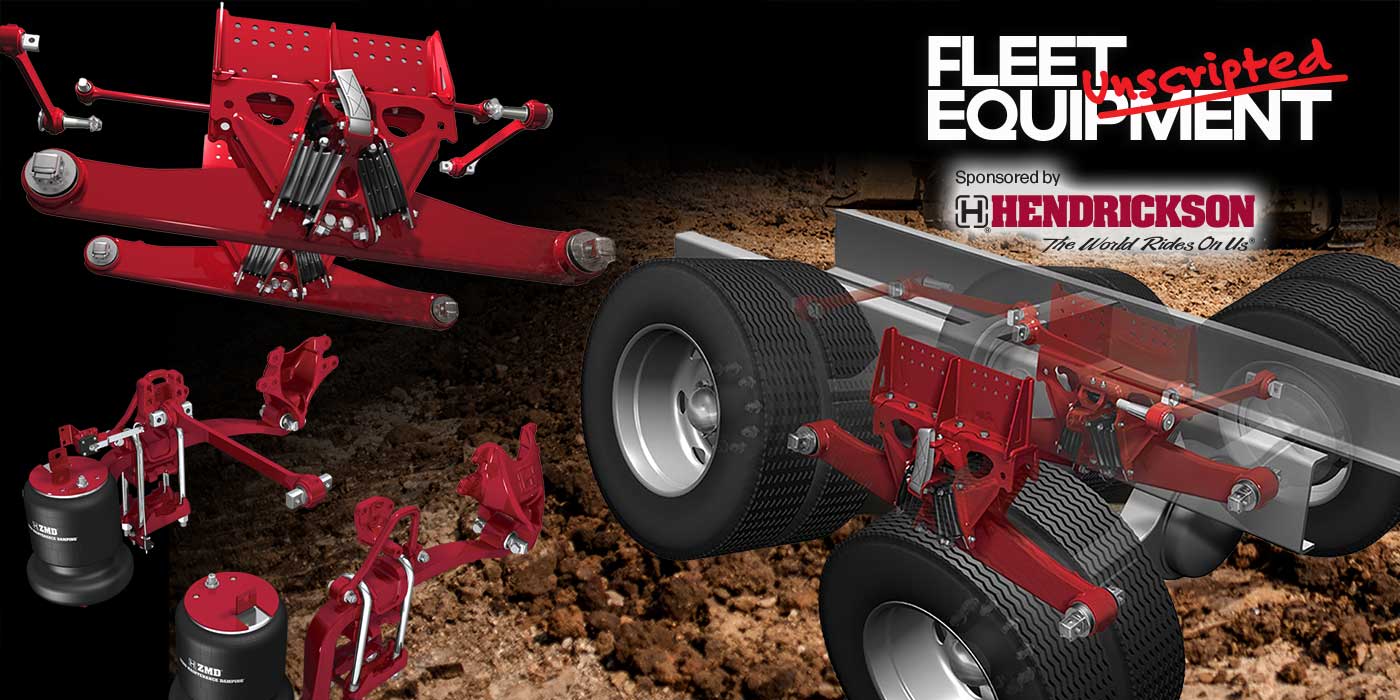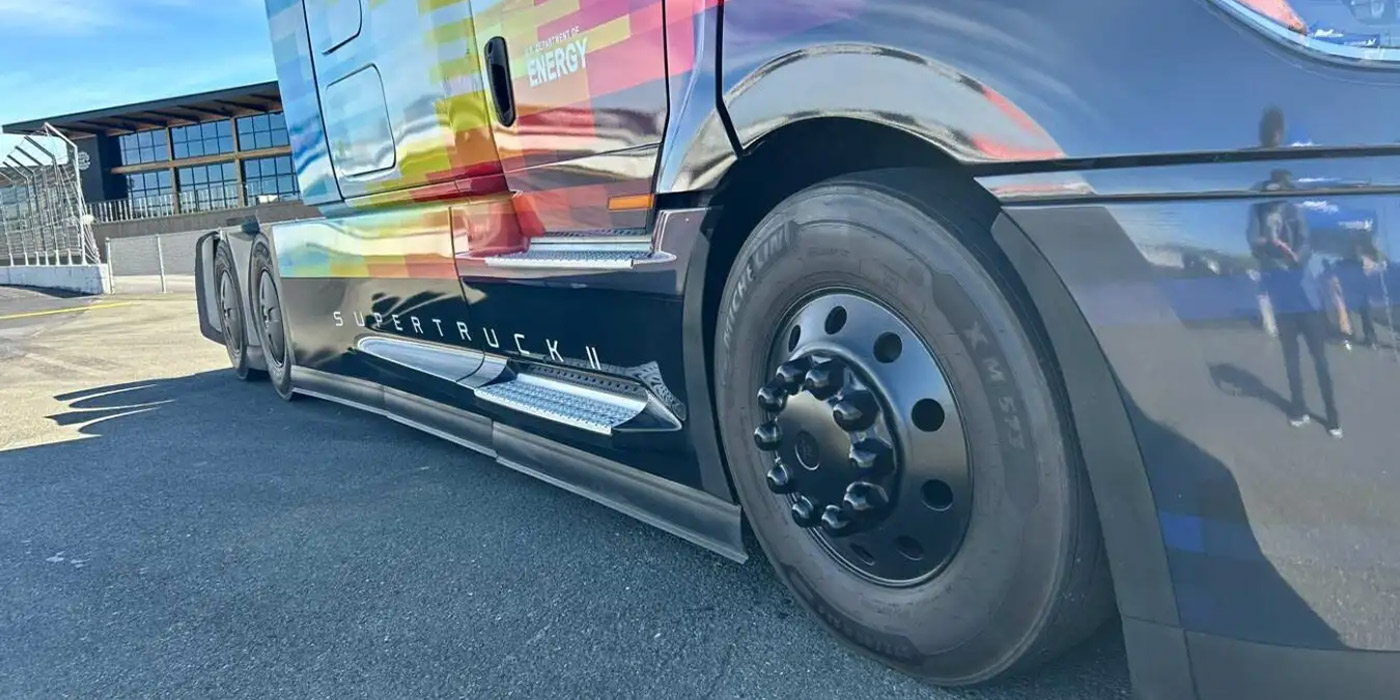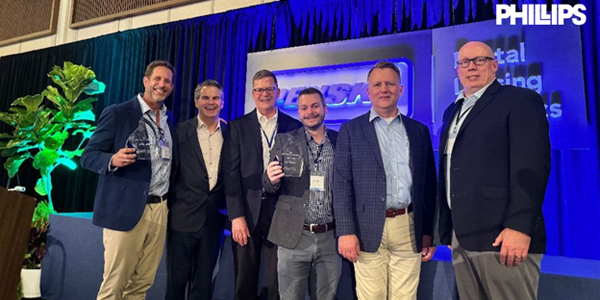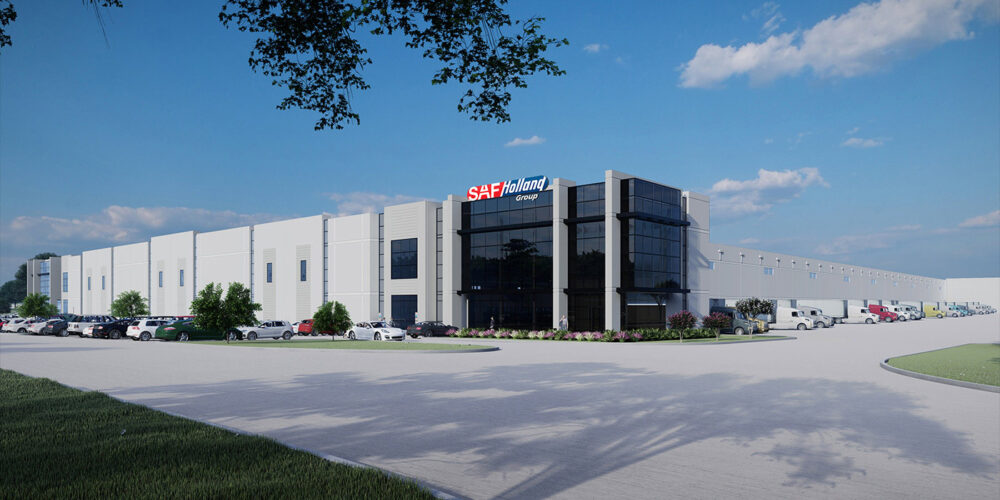The automotive lubricants market was once a very profitable business. Oil marketers probably made a higher percentage profit on lube oil sales than any of their products. Automatic transmission fluids and gear oils were particularly lucrative.
Today the market is facing decreasing sales. As I mentioned in the October 2009 issue of Fleet Equipment, the North American automotive lubes market has contracted from approximately 1.5 million gallons per year in 2005 to approximately 950,000 gallons per year in 2009, an average decline of over 10% per year.
Engine oils, which at one time accounted for over 90% of the automotive lubricants market, have lost the most sales volume for several reasons. Exhaust emissions regulations forced manufacturers to build engines which consumed 25% as much oil as previous designs. Vehicles that used to get less than 1,000 miles per quart of oil are now getting over 4,000 miles per quart.
New engine oil specifications have drastically improved engine oil performance. Improved performance often reduces engine oil consumption even further, but it always allows oil change intervals to be extended (at least until the latest diesel engine oil specification) in most engines. I’ve seen gasoline engine test oils that allowed drain intervals in excess of 40,000 miles, and I’ve seen diesel engine test oils run over 70,000 miles without needing to be changed!
It’s easy to see why oil marketers wince when fleets discuss extending oil change intervals. Recently, a well-known filter manufacturer showed several fleets how they could cut their oil usage in half. You would not believe the furor the oil marketers created when they learned about those tests.
Engine builders and oil marketers establish conservative oil change interval recommendations so their products will perform satisfactorily under the most adverse conditions (their reputations are on the line). As I’ve said before, oil change intervals can be safely extended, but the fleet operator must be both diligent and cautious. Longer oil change intervals should be investigated in a very carefully monitored field test using state-of-the-art used oil sampling and analysis. You can prove your case to the engine builder and the oil marketer, but you will need plenty of good data to do it.
Lately, I’ve observed another trend in the engine oil business. For years, lube oil specifications were developed jointly by representatives of the additive manufacturers, engine manufacturers and oil marketers. The system worked well in North America for years, but then a couple of engine builders began requesting even higher levels of lube oil performance from lubricant suppliers. Was this due to a genuine need for improved engine lube oil quality, or the desire to enter the lucrative engine oil business?
Recently, General Motors entered the light-duty engine oil business with their Dexos 1 specification. Basically, the GM Dexos 1 specification requires the performance level of a fully synthetic ILSAC GF-5 engine oil plus a licensing fee (estimated to be $0.40 per gal.) in order for the lube oil supplier to put the Dexos 1 label on its oil can.
Most engines out there will perform perfectly well on a conventional (mineral oil base stocks) ILSAC GF-5 specification oil at a cost of approximately $1.25 to $1.50 less per gallon.
At least one major lubricant manufacturer has already stated it will not pay the Dexos 1 licensing fee. Instead, it plans to introduce a fully synthetic engine oil that meets the Dexos 1 performance specification at a lower cost to the consumer.













